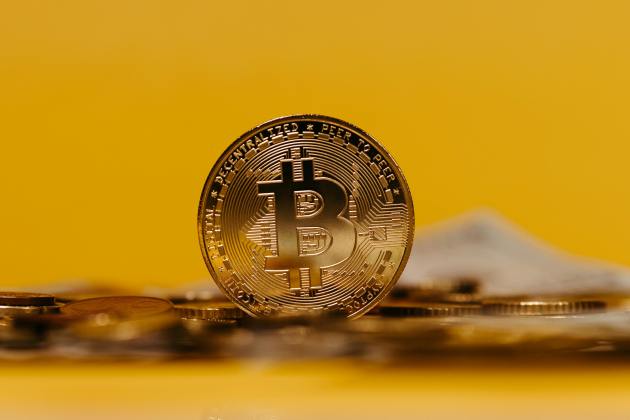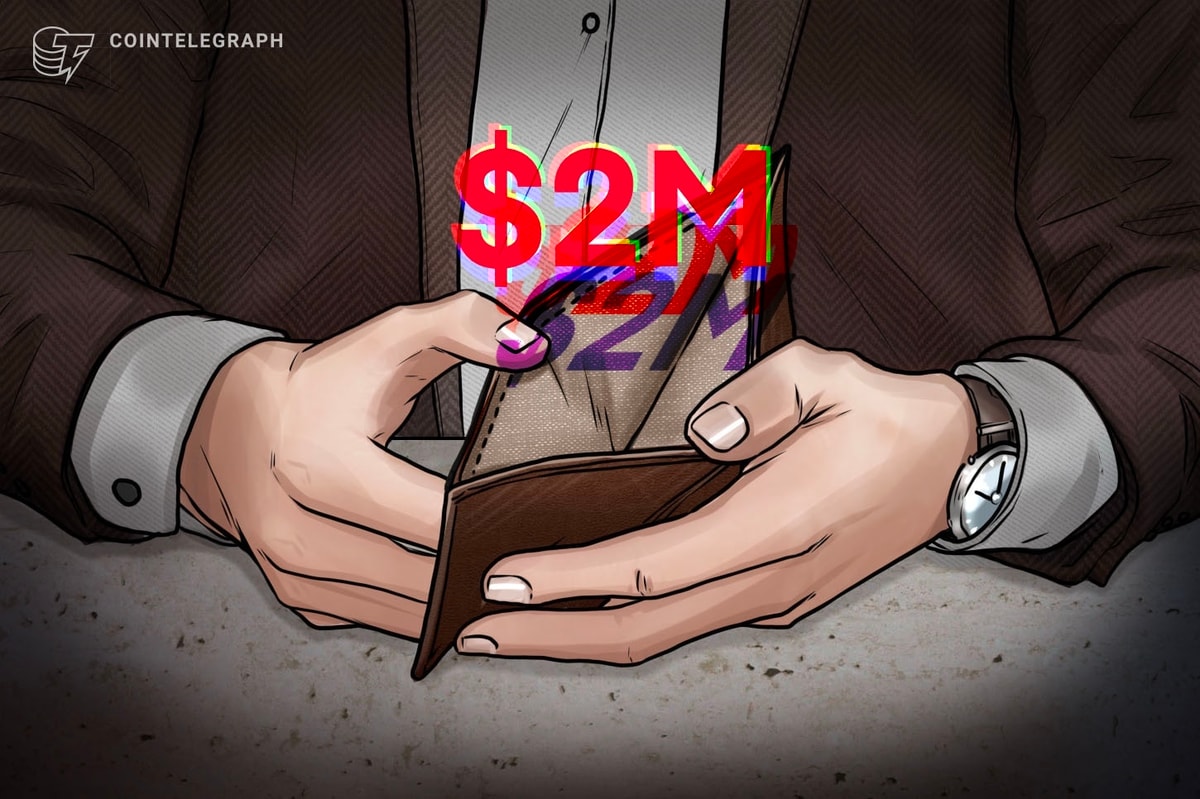
Bitcoin and patents have never been natural allies. However, long-held controversy in the industry may finally be at an end with the introduction of the Blockchain Defensive Patent License.
Bitcoin is considered by many to be the culmination of the decades-old cypherpunk movement, rallied around predominantly anarchist and libertarian ideals regarding freedom of information. The original Bitcoin software, meanwhile, was released as free and open-source software (FOSS), and operates today under the MIT License known for its permissive nature. Many would agree that its open, permissionless ethos has helped make Bitcoin the success it is today.
Much of this ethos is in stark contrast with international patent law. Where FOSS is fundamentally about free distribution, patents grant individuals or companies exclusive property rights or ownership of an invention. Through the Patent Cooperation Treaty (PCT), the patent holder holds those same rights over a patented invention in up to 152 countries (with non-signatories to the treaty being countries with low global economic standing or those with a history of systemic intellectual piracy).
The very notion of patents, therefore, does not sit well with many of the cypherpunks and libertarians who initially embraced Bitcoin. They tend to consider patents to be unethical, state-granted monopolies at worst — or barriers to innovation at best.
“Core to the Bitcoin ethos is permissionless innovation,” James Murdock, VP of corporate development and general counsel at Blockstream, argued in a company blog post on the topic. “We firmly believe that in order for Bitcoin and related technologies’ potential to be fully realized they must be underpinned by a global platform that is free for any innovator to use without hesitation.”
Types of Bitcoin Patents and Their Controversies
While all the major Bitcoin software implementations are completely open-source and licensed under the MIT License, this democratized sense of intellectual property protection is not true for all applications and companies built on top of and around Bitcoin. Patexia Research found that the number of Bitcoin– and blockchain-related patents has grown significantly over the past years, from several dozen in 2015 to several hundred in 2017. Top patent-holding companies include big names like IBM, Bank of America (BofA) and Mastercard.
The controversy surrounding patents has also dogged several major startups in the space: companies including Coinbase, BitGo and Blockstream have been subject to social media outrage for their patent applications.
But regardless of ideology, there is a good reason to file for patents: failing to pursue patent protection opens up inventors to becoming victims to patent trolls.
As Coinbase CEO Brian Armstrong explained in a blog post:
I’d personally prefer to see a world where software patents don’t exist (I think they hurt innovation, and waste a lot of time/money), but since they do exist, we have to take them seriously. [...] Our ultimate goal in obtaining bitcoin related patents is to keep them out of the hands of bad people, use them defensively to protect Coinbase from patent trolls, and help ensure the bitcoin ecosystem continues to grow.
The Problem With Patents for Miners
Where typical concerns with patents are often ideological, patents can pose a more practical risk in the mining industry. Here, patents may threaten Bitcoin’s decentralization properties and therefore its security assumptions.
Bitcoin mining is sometimes described as a lottery, albeit a fair lottery, with no organizer to take a share of the prize money. Importantly, the process of mining is completely random: finding a new block is a matter of trial and error. Since miners are competing with each other on small margins, those that mine with the most energy efficiency will outcompete those that expend more resources. The latter category will have to improve to remain competitive — or eventually drop out of the race.
This sort of disparity among miners is why patents can be such a risk. Should one miner have a systematic advantage over others, which is exactly what a patent can offer, all the other miners might eventually have to drop out of the race. In the long term, this could well lead to a mining ecosystem where only one miner dominates, which would, in turn, allow that lone miner to cheat the Bitcoin system by reversing or double-spending transactions and launching other types of 51 attacks. It would represent a fundamental threat to Bitcoin’s security guarantees.
As explained by the research arm of cryptocurrency exchange BitMEX:
A patent on a cryptocurrency mining technology [...] could undermine the whole point of mining, which requires a degree of competition in order to be useful. If a miner or mining coalition achieves a significant proportion of the hashrate, they could censor some or all of the transactions, or even attempt to reverse transactions, potentially rendering the blockchain useless.
Bitcoin Mining Patents: The Controversies So Far
The existential risk that mining patents could pose to Bitcoin also explains why such patents have been the most controversial ones so far.
To date, the biggest controversy in mining patents concerned AsicBoost. Invented by former CoinTerra CTO Timo Hanke, AsicBoost can be implemented in specialized mining chips: application-specific integrated circuit (ASIC) chips.
AsicBoost takes advantage of a quirk in the implementation of Bitcoin’s proof-of-work algorithm. This quirk lets miners take a sort of “shortcut” to finding a valid block, which can give them up to a 30 percent efficiency advantage — though 15 to 20 percent is more likely. In a competitive industry like Bitcoin mining, where small margins make a large difference, this advantage can be enormous.
The catch: AsicBoost is patented, pending approval. That patent was initially held by Hanke and RSK founder Sergio Lerner. Perhaps unsurprisingly, the announcement of the innovation — and importantly, the accompanying patent — immediately spawned controversy.
As Bitcoin developer Peter Todd stated in response to Hanke’s revelation of AsicBoost:
“The fact that [Hanke has] chosen to patent this improvement could be a centralization concern depending on the licensing model used. For example, one could imagine a licensing model that gave one manufacture[r] exclusive rights.”
Later, Todd even proposed to rendering AsicBoost useless as part of a hard fork protocol upgrade — though this never materialized.
After an initial spate, an impasse rendered the controversy dormant until about a year ago. In what was considered at the time to be a bombshell revelation, Bitcoin Core developer Gregory Maxwell discovered that major Chinese mining hardware manufacturer Bitmain had included AsicBoost technology in its ASIC chips — a claim confirmed by Bitmain. It was suggested the mining manufacturer may have also used the technology covertly, but Bitmain has always denied this was the case.
Whether or not this constituted a patent infringement remained a point of contention, but the issue was, to large extent, rendered moot as the Segregated Witness upgrade activated on the Bitcoin protocol in August 2017. This soft fork limited the potential upside of using the covert application of AsicBoost, and it is clear that no one ever used the overt version of AsicBoost on Bitcoin’s mainnet.
Much more recently, in February 2018, Bitmain found itself at the center of yet another patent controversy.
After leaving the company in 2016, Bitmain’s former director of design, Yang Zuoxing, started his own company, Shenzhen-based Bitewei, which manufactures the Whatsminer. This Whatsminer uses a serial power supply circuit layout to efficiently supply electricity to the mining chip and was patented as such. This is a fundamental aspect of chip design and would make any ASIC chip more efficient.
Bitmain is now suing Zuoxing and Bitewei; the hardware manufacturer claims to hold the patent to this chip design feature. If Bitmain were to win this lawsuit, it could gain a significant benefit over all other ASIC producers. A patent such as this cannot even be blocked by protocol changes.
The Bitcoin Defensive Patent License Solution
There have been several attempts to resolve the problems that patents pose to the Bitcoin industry. Coinbase, for example, signed a patent pledge. Although not legally binding, this pledge indicates that the company publicly renounces the aggressive use of software patents on startups.
Blockstream went a step further; besides committing to a patent pledge, it also became part of the Defensive Patent License (DPL). By signing the DPL, the blockchain development company promised to share all its patents with other license holders, on condition that those companies share their patents as well.
However, none of these measures are specifically designed for Bitcoin or blockchain technology. Importantly, these agreements have loopholes that could be abused, as a new initiative contends. This new initiative, the Blockchain Defensive Patent License (BDPL), represents an updated version of the DPL.
As William Ting, former counsel to TSMC and an intellectual property lawyer interested in fixing the original flaws with the license, opined on February 4, 2018, “Upon review of the current version of the DPL, several sections and various wordings need to be revised to give substance to a more robust defensive patent license suited to the unique needs of miners of Bitcoin or other blockchain protocol(s).”
The BDPL states that one of the best ways to prevent the rise of a dominant blockchain mining consortium is to “encourage mining individuals or entities to grant their respective mining patents under a mutually defensive patent license that is tailored to address the unique needs of the Bitcoin or other blockchain protocol(s) and prevent any one mining consortium from obtaining the dreaded ability to launch majority (or near majority) attacks.”
The BDPL offers improved protection and blocks potential circumvention over the DPL in several ways:
- The BDPL tightens restrictions on licensees from transferring their patents to third parties.
- It prevents a BDPL member from receiving the right to use any exclusive patent if the rights haven’t been extended to other BDPL users.
- It penalizes licensees who attack the patents licensed to other BDPL members.
- It enables any member who incurs attorneys fees in a lawsuit against a non-compliant member to recover those attorneys fees from the non-compliant member. (This provision was designed to give “teeth” to the agreement and dissuade the type of lawsuits that embroiled Bitmain and Bitewei.)
AsicBoost and Its New Home
Here’s where it gets interesting: Little Dragon Technology LLC — the current owner of the AsicBoost patent — announced on March 1, 2018, that it has joined the BDPL. This makes the patent freely available to anyone who also joins the BDPL. But perhaps even more interesting is the statement Little Dragon Technology made to Bitcoin Magazine, indicating that this decision was made with broader implications in mind:
There are a number of what we consider dangerous patents in the mining space that could be used to suppress mining competition.
The company added, in apparent reference to the more recent patent controversy between Bitmain and Bitewei: “Hardware patents are a particular concern because they are agnostic to POW algorithm changes. At the time of writing, the largest mining manufacturer is using a hardware patent against a competing mining manufacturer. While the patent is considered prior art by most, it is a granted patent, and thus backed by state enforcement. We believe this sets a dangerous precedent and could escalate in the future.”
Therein lies the catch. Under the BDPL, any hardware manufacturer that wants to use AsicBoost will now also have to share any other patents it uses. That would include the contended serial power supply circuit layout or any other (future) patent that could emerge. Given AsicBoost’s powerful potential, Little Dragon Technology suggests it’s very possible that every manufacturer will have to join the new BDPL eventually — effectively rendering mining hardware patents obsolete.
In an ironic twist of fate, Little Dragon Technology believes the AsicBoost patent could become the key to democratizing all mining hardware patents.
Little Dragon Technology concluded:
We believe AsicBoost is such an important and innovative patent that, if licensed defensively, can become a force for good to protect decentralization in Bitcoin.










